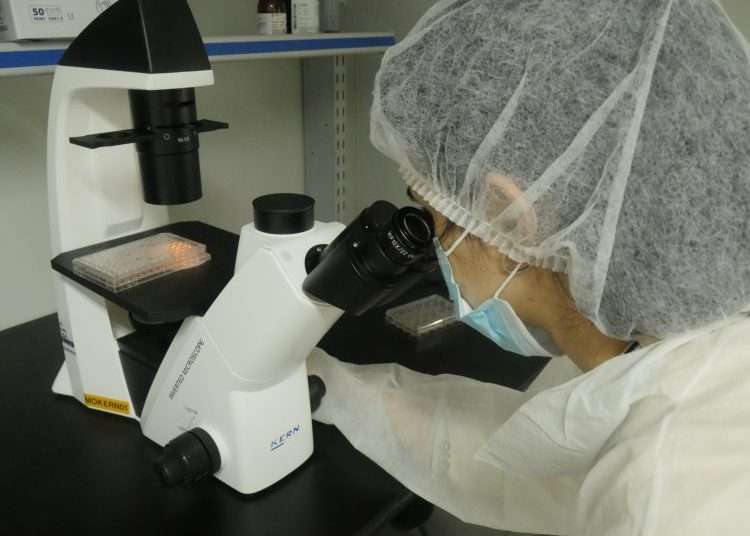Cuban scientists revealed the results of the phase II-III clinical trial of the Cuban product NeuroEpo in patients with mild/moderate Alzheimer’s disease, and they are encouraging, according to the information published on the Cubadebate website.
The drug is the result of studies carried out by the Center for Molecular Immunology (CIM) in collaboration with other BioCubaFarma institutions to achieve a nasal formulation of recombinant EPO with a low content of sialic acid, an isoform with a composition similar to natural EPO produced in the central nervous system.
https://twitter.com/PresidenciaCuba/status/1470711132927270912?ref_src=twsrc%5Etfw%7Ctwcamp%5Etweetembed%7Ctwterm%5E1470711132927270912%7Ctwgr%5E%7Ctwcon%5Es1_&ref_url=https%3A%2F%2Foncubanews.1eye.us%2Fcuba%2Fcuba-revelan-resultados-de-nuevo-farmaco-contra-el-alzheimer%2F
The principal researcher of the clinical trial, Dr. Saily Sosa Pérez, pointed out that “we are in the presence of an achievement of Cuban science that will allow the treatment, with our product, of a traumatic disease, both for patients and their families, especially those who must take care of them, who are usually one or two members of the family.”
Dr. Sosa Pérez, who leads a service for attention to memory disorders, explained that in the world there are only six medications to alleviate the effects of the disease, and all are extremely expensive (treatment for a year can exceed up to $80,000).
The researchers, cited by the media, pointed out that the application of isoforms of this erythropoietin (EPO) could restore cerebral homeostasis, acting on neurons and astrocytes; and that novel EPO formulations, with great selectivity on the brain, could be used to treat neurodegenerative diseases and slow their progression.
On the data collected during clinical trial II-III during intranasal administration of the product, the experts established that treatment with NeuroEPO for 48 weeks was safe and well tolerated (there were no serious adverse events), that many of the patients showed a reduction in the progression of cognitive impairment and secondary variables also improved.
The study — randomized, double-blind, placebo-controlled and adaptive design — also showed signs of improvement in cerebral perfusion in the parietal-temporal region, and that 72% of the treated patients stabilized the global values of the electroencephalogram (EEG), among other results.
It also emerged that the application of the product is being evaluated for the treatment of other diseases, such as ataxia, Parkinson’s, ischemic brain accidents, and the sequelae of COVID-19.
Alzheimer’s disease is considered the leading cause of disability in the elderly in Cuba, whose population is currently experiencing accelerated aging (at the end of 2020, 21.3% were 60 years old and over).











How can my wife get the drug for her Alzheimer’s
Thanks
Hello, what is the cost and how can I get the drug for my mom, and Auntie?